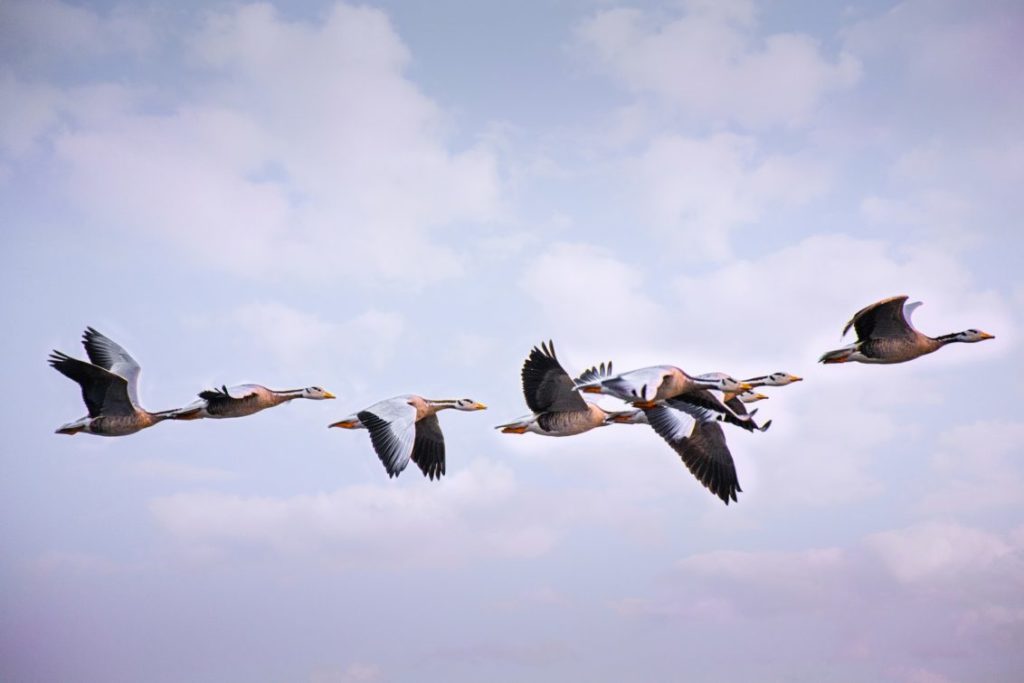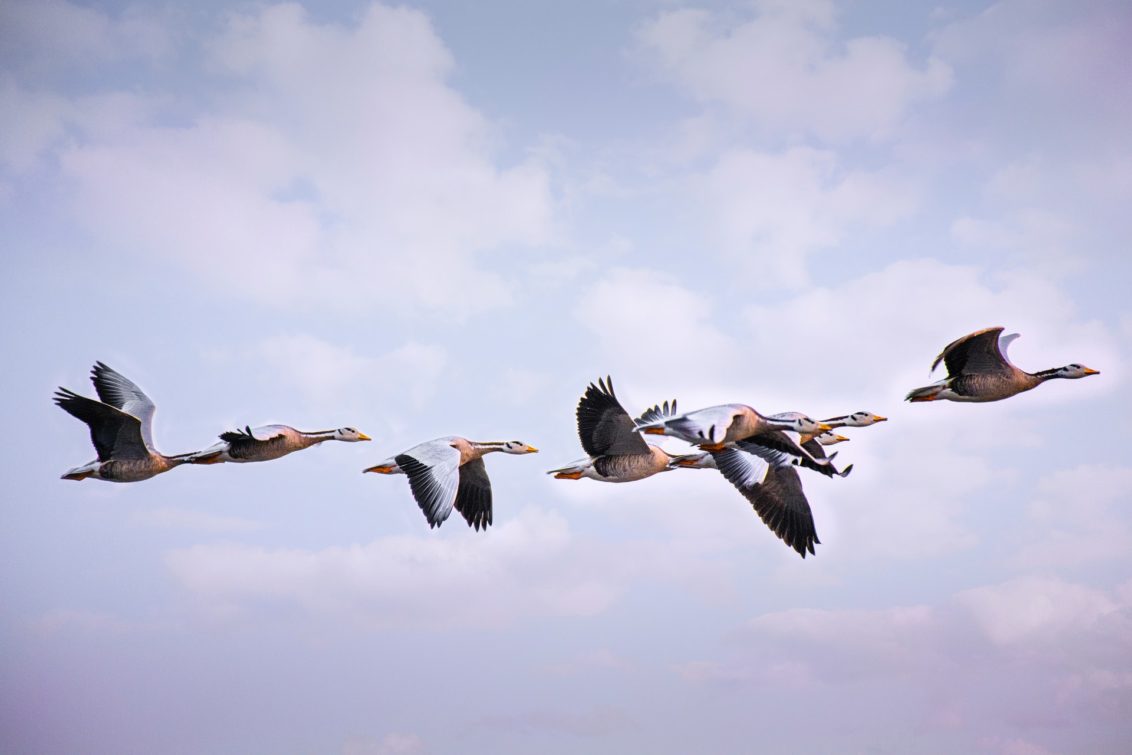There are many conventional ways to improve your writing. Have you tried birding? ESTE DE BEER looks at how this hobby could improve your writing.

One of the more surprising things that lockdown taught me wasn’t how to bake sourdough bread. Nope. It was that taking up birding could make me a better writer. Yes, you heard right, watching birds can have a positive impact on your writing.
Spending hours cooped up in my home during lockdown made me notice things I usually overlooked. I became acquainted with a one-legged Indian Myna that liked to hop across my lawn in the afternoons. And a dove that was nesting right outside my office window. I quickly realised that I shared my space with some incredible bird species half of which I couldn’t even identify.
So, I downloaded a popular birding app, borrowed some binoculars, and headed to my nearest park. As I walked back home two hours later with a stiff neck I knew I was hooked. I now spend whole afternoons tripping over rocks trying to tick new birds off of my list. And it’s teaching me things to improve my writing.
1st Writing lesson: Stare out of the window
Birding, like writing, takes time and patience and many hours staring out of a window, staring out into open space, or just into the middle distance. For birding, this is important because you learn to just observe how different birds behave.
For writing, this is important because you’re taking time to observe your thoughts. At this point, you might have an idea for an article or a story and you’re playing out the different scenarios, arguments, or plotlines in your head. To the outside world, it might look like you’re doing absolutely nothing, but this is the crucial time needed to process, reflect, and think. Some call this “incubation” time. You’re not physically doing any discernible work, but there’s a lot of processing happening.
Skipping this process and going straight to writing will often have you stumbling over logic hurdles in the process of writing.

2st Writing lesson: Notice the details
The pre-pandemic me did not know that there was a difference between a Cape Turtle Dove and a Red-eyed Dove; they just looked like the same grey dove that you see at shopping mall parking lots and parks. Once I looked closer, I noticed that there was a whole host of different dove species enjoying a stray crumb of bread outside my local grocer. Birding forces you to look at the detail. You notice different bill shapes and plumage. Something as simple as an orange eye or a yellow eye can be the only differentiating factor between two species. And that’s the second lesson: notice the details.
Good writing not only uses the details to make a piece of writing engaging and interesting but also encourages readers to notice the details they might be skimming over in life. Good, detailed writing helps readers to see the world in ways that they haven’t before. It brings the overlooked into view.
Read more:
- Becoming A Digital Travel Writer Without Sounding Like A Robot
- How To Write Great Website Home Page Copy
- Website Writing Is The New Norm: 7 Tips To Stay Ahead
3rd Writing lesson: Go outside
I’ve kept the most obvious, but not least important lesson to last and that is simply: Go outside. Make sure you’re masked, socially distanced, and stocked with hand sanitizer. But still, go outside. Look up and do something other than stare at a screen. It’s amazing what time spent outside in the fresh air can do for your writing – and your birding.
ABOUT THE AUTHOR

I am a freelance journalist and copywriter. I have written for brands including Toyota, Netflorist, and Google.














